Digital Twin Modeling and Simulation of Computer Aided Design and Manufacturing Structure: Case Study
DOI: 10.23977/dmpm.2023.030101 | Downloads: 19 | Views: 596
Author(s)
Safiye Turgay 1, Necip Akar 1
Affiliation(s)
1 Department of Industrial Engineering, Sakarya University, Sakarya, Turkey
Corresponding Author
Safiye TurgayABSTRACT
This paper explores the application of digital twin technology in the CAD/CAM domain, focusing on its potential to enhance the design and manufacturing structure. The paper begins by introducing the concept of digital twins and their role in bridging the gap between physical and virtual worlds. It emphasizes the benefits of real-time data synchronization and it enables continuous monitoring, analysis, and decision-making throughout the product lifecycle in detail. Next, the focus shifts to the integration of digital twin modelling into the CAD/CAM processes. The paper outlines the steps involved in creating a digital twin of the design and manufacturing structure, from data acquisition and integration to model calibration and validation. Special attention is given to ensuring the accuracy and fidelity of the digital twin to enable reliable simulation results. The paper then explores the various simulation capabilities offered by the digital twin model. It delves into the use of finite element analysis (FEA), computational fluid dynamics (CFD), and other simulation techniques to analyse product performance, optimize manufacturing processes, and assess structural integrity. Case studies demonstrate the application of digital twin simulations in improving design efficiency, reducing time-to-market, and enhancing overall product quality.
KEYWORDS
Digital Twin, Computer-Aided Design (CAD), Computer-Aided Manufacturing (CAM), Design and Manufacturing Structure, Continuous MonitoringCITE THIS PAPER
Safiye Turgay, Necip Akar, Digital Twin Modeling and Simulation of Computer Aided Design and Manufacturing Structure: Case Study. Digital Manufacturing and Process Management (2023) Vol. 3: 1-10. DOI: http://dx.doi.org/10.23977/dmpm.2023.030101.
REFERENCES
[1] Krückemeier, S., Anderl, R. (2022). Concept for Digital Twin Based Virtual Part Inspection for Additive Manufacturing, Procedia CIRP, Volume 107, Pages 458-462
[2] Roehm, B., Anderl, R., Schleich, B. (2023). Development of an Information Model for Simulation Data Management in the Digital Twin, Procedia CIRP, Volume 119, pp. 681-686
[3] Leng, J., Chen, Z., Sha, W., Lin, Z., Lin, J., (2022) Digital twins-based flexible operating of open architecture production line for individualized manufacturing, Advanced Engineering Informatics, Volume 53, August, 101676.
[4] Li, L., Lei, B., Mao, C. (2022). Digital twin in smart manufacturing, Journal of Industrial Information Integration, Volume 26, March, 10028
[5] Li, X., Wang, L., Zhu, C., Lıu, Z. (2021). Framework for manufacturing-tasks semantic modelling and manufacturing-resource recommendation for digital twin shop-floor, Journal of Manufacturing Systems, Volume 58, Part B, January, pp. 281-292
[6] O’Sullivan, J., O’Sullivan, D., Bruton, K. (2020) A case-study in the introduction of a digital twin in a large-scale smart manufacturing facility, Procedia Manufacturing, Volume 51, pp. 1523-1530
[7] Woitsch, R., Sumereder, A., Falcioni, D. (2022). Model-based data integration along the product & service life cycle supported by digital twinning, Computers in Industry, Volume 140, September, 103648
[8] Perno, M., Hvam, L., Haug, A. (2023). A machine learning digital twin approach for critical process parameter prediction in a catalyst manufacturing line, Computers in Industry Volume 151, October, 103987
[9] Neto, A. A., Silva, E. R., Deschamps, F., Junior, L. A. N., Lima, E. P. (2023). Modeling production disorder: Procedures for digital twins of flexibility-driven manufacturing systems, International Journal of Production Economics, Volume 260, June, 108846
[10] Akar, N., Turgay, S. (2023). Optimizing Cellular Manufacturing Facility Layout Design through Digital Twin Simulation: A Case Study, Industrial Engineering and Innovation Management, Vol. 6 Num. 6, Doi: 10. 23977/ieim. 2023. 060601 ISSN 2522-6924
[11] Yujun, L., Zhichang, Z., Wei, W., Kui, Z. (2021) Digital twin product lifecycle system dedicated to the constant velocity joint, Computers & Electrical Engineering, Volume 93, July, 107264
[12] Yildiz, E., Møller, C., Bilberg, A. (2020). Virtual Factory: Digital Twin Based Integrated Factory Simulations, Procedia CIRP, Volume 93, Pages 216-221
[13] Turgay, S., Akar, N. (2023). Maximizing Efficiency and Cost Savings through Digital Twin Simulation: Optimizing Cellular Manufacturing Facility Layout Design, Manufacturing and Service Operations Management, Vol. 4 Num. 4, Doi: 10. 23977/msom. 2023. 040403 ISSN 2616-3349
[14] Corradini, F., Silvestri, M., (2022). Design and testing of a digital twin for monitoring and quality assessment of material extrusion process, Additive Manufacturing, Volume 51, March, 102633
[15] Turgay, S., Bilgin, Ö., Akar, N. (2022). Digital Twin Based Flexible Manufacturing System Modelling with Fuzzy Approach. Advances in Computer, Signals and Systems, Vol. 6: 10-17. Doi: http://dx. doi. org/ 10. 23977/ acss. 2022. 060702.
[16] Kalantari, S., Pourjabar, S., Xu, T. B., Kan, J. (2022). Developing and user-testing a "Digital Twins" prototyping tool for architectural design, Automation in Construction, Volume 135, March, 104140
[17] Tang, J., Emmanouilidis, C., Salonitis, K. (2020). Reconfigurable Manufacturing Systems Characteristics in Digital Twin Context, IFAC-PapersOnLine, Volume 53, Issue 2, pp. 10585-10590.
[18] Friederich, J., Francis, D. P., Lazarova-Molnar, S., Mohamed, N. (2022). A framework for data-driven digital twins of smart manufacturing systems, Computers in Industry, Volume 136, April, 103586.
[19] Papacharalampopoulos, A., Foteinopoulos, P., Stavropoulos, P. (2023). Integration of Industry 5. 0 requirements in digital twin-supported manufacturing process selection: a framework, Procedia CIRP, Volume 119, Pages 545-551.
[20] Lugaresi, G., Matta, A. (2023). Automated digital twin generation of manufacturing systems with complex material flows: graph model completion, Computers in Industry, Volume 151, October, 103977.
[21] Liu, X., Wen, X., Zhou, H., Sheng, S., Zhao, P., Liu, X., Kang, C., Chen, Y. (2022). Digital twin-enabled machining process modeling, Advanced Engineering Informatics, Volume 54, October, 101737.
[22] Fan, Y., Yang, J., Chen, J., Hu, P., Wang, X., Xu, J., Zhou, B. (2021). A digital-twin visualized architecture for
Flexible Manufacturing System, Journal of Manufacturing Systems, Volume 60, July, pp. 176-201.
[23] Tang, J., Emmanouilidis, C., Salonitis, K. (2020) Reconfigurable Manufacturing Systems Characteristics in Digital Twin Context, IFAC-Papers On Line Volume 53, Issue 2, pp. 10585-10590.
[24] Assuad, C. S. A., Leirmo, T., Martinsen, K. (2022). Proposed framework for flexible de- and remanufacturing systems using cyber-physical systems, additive manufacturing, and digital twins, Procedia CIRP, Volume 112, pp. 226-231.
[25] Ruane, P., Ruane, P., Cosgrove, J. (2022) Validation of a Digital Simulation Model for Maintenance in a High-Volume Automated Manufacturing Facility, IFAC-PapersOnLine, Volume 55, Issue 19, pp. 127-132.
| Downloads: | 221 |
|---|---|
| Visits: | 14737 |
Sponsors, Associates, and Links
-
Cybernetics and Mechatronics
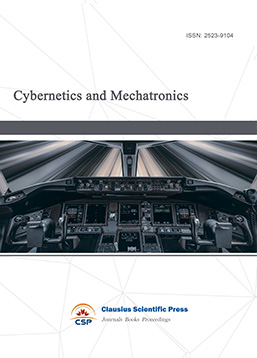
-
Journal of Engineering Mechanics and Machinery
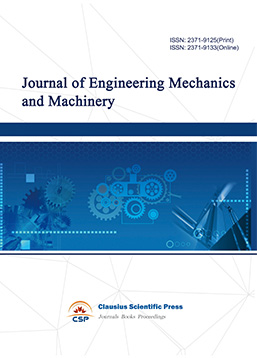
-
Ultra-Precision Machining Process
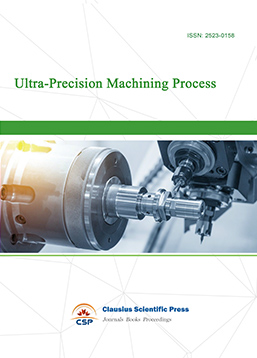
-
Journal of Robotics and Biomimetics
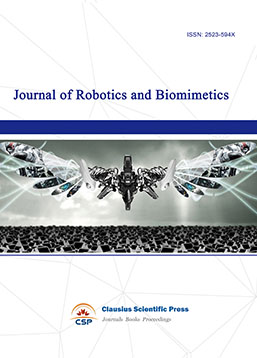
-
Prognostics, Diagnostics and Health Management
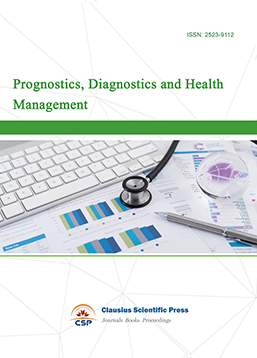
-
Micro-Electro-Mechanical Systems
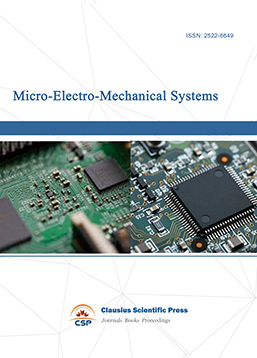
-
Journal of Precision Instrument and Machinery
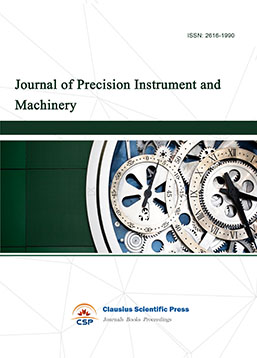
-
Engineering and Solid Mechanics
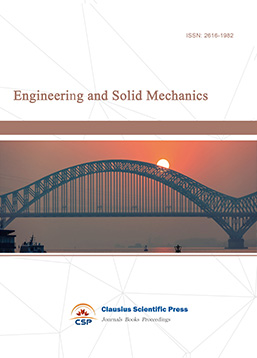
-
Fracture and Damage Mechanics
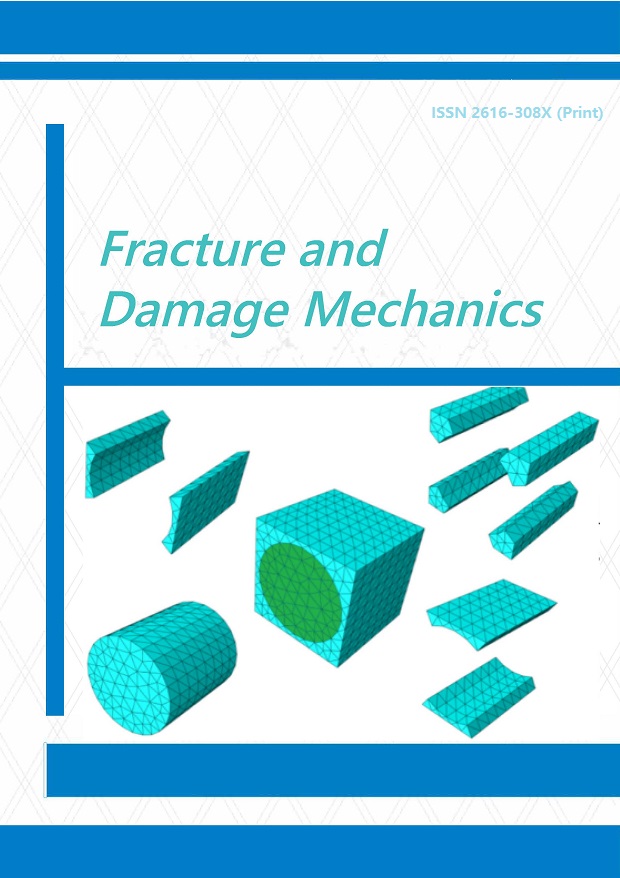
-
Frontiers in Tribology
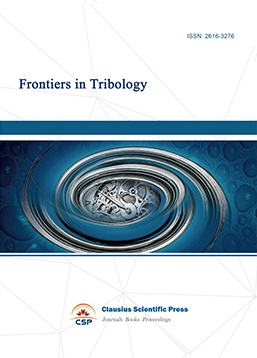
-
Fluid and Power Machinery
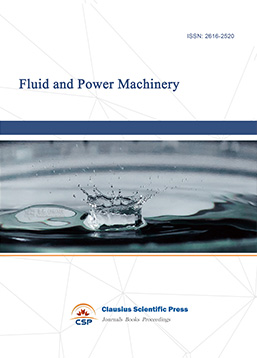
-
Chemical Process Equipment
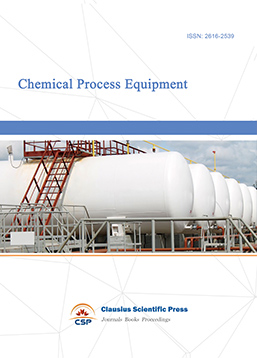
-
Journal of Assembly and Manufacturing
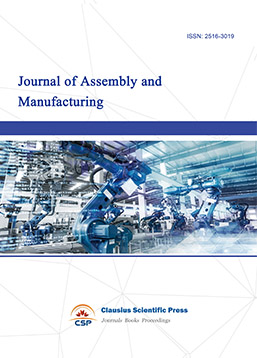
-
Mechanical Vibration and Noise
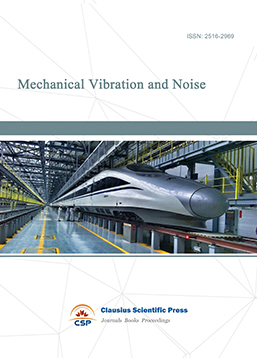

 Download as PDF
Download as PDF